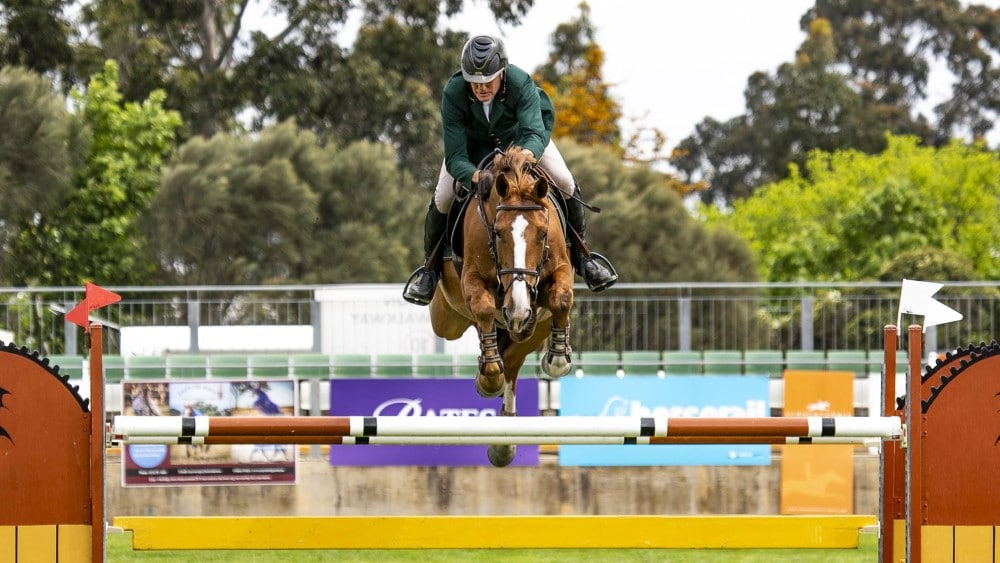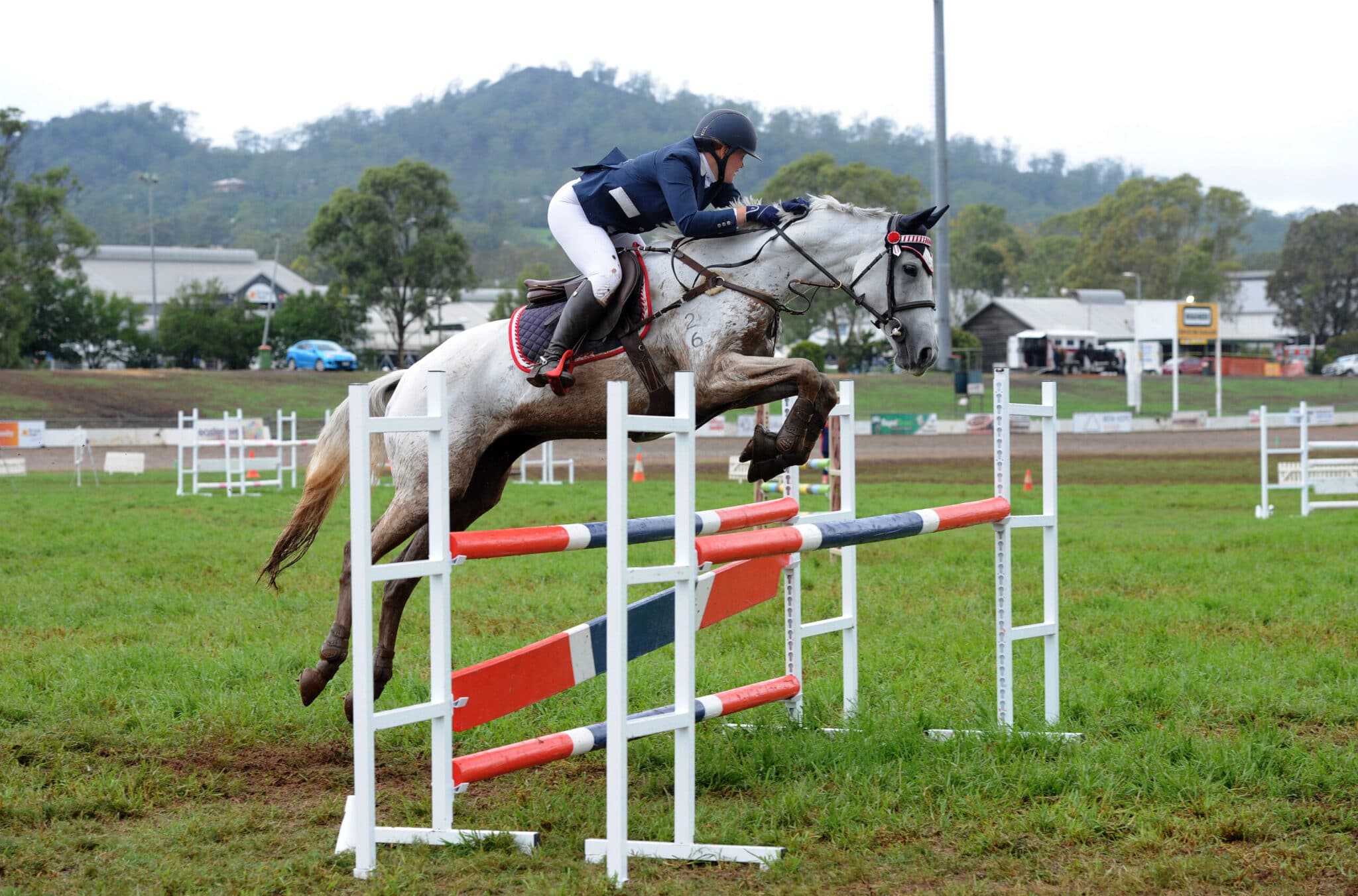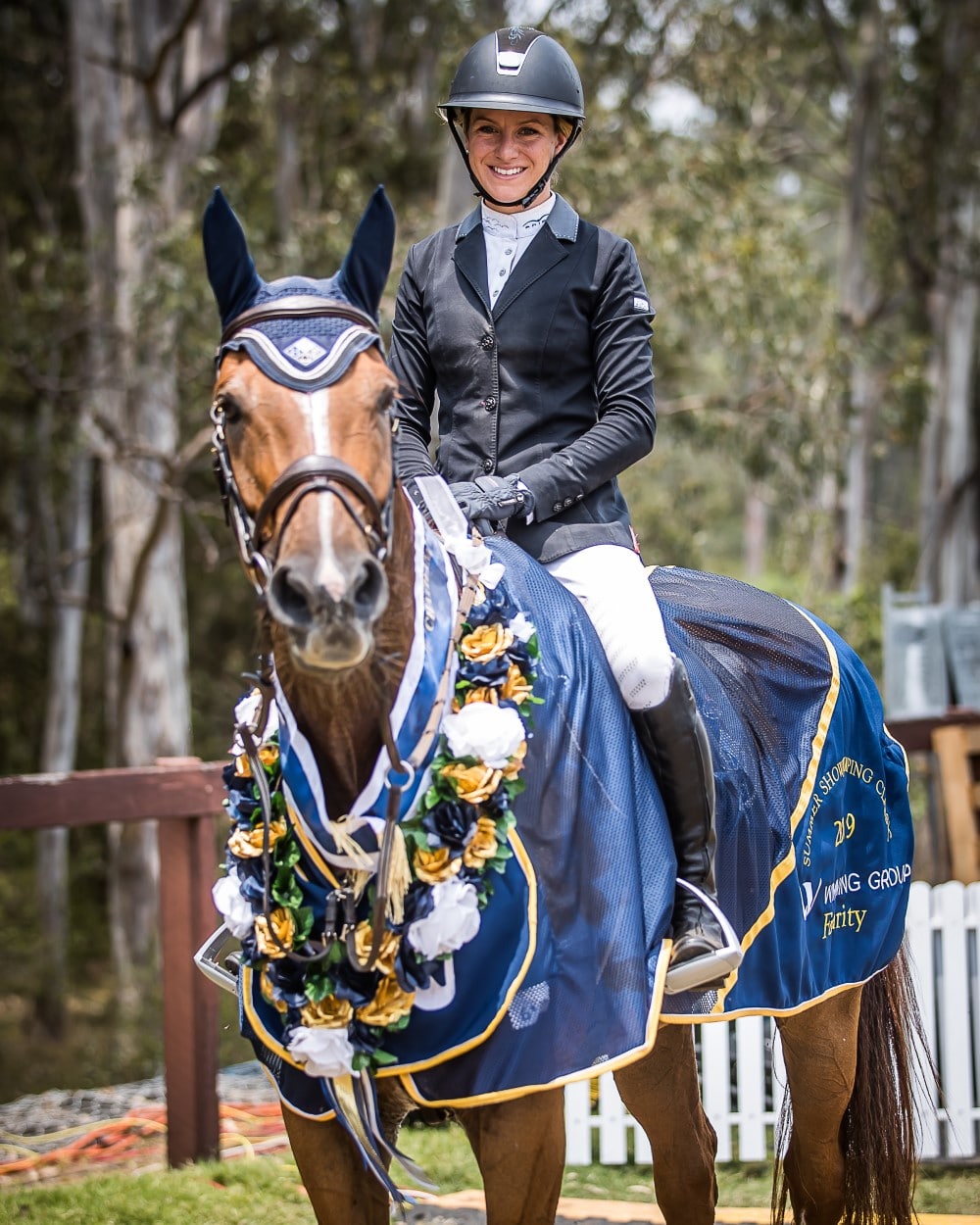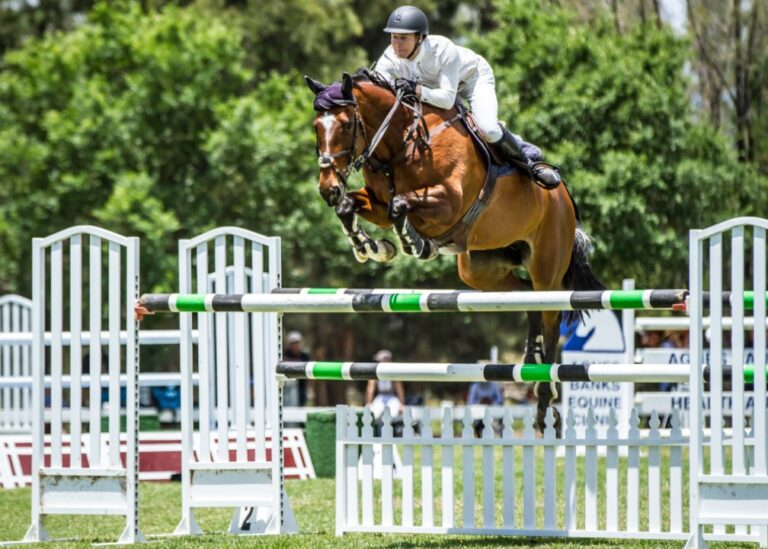Renowned show jumping judge Michael Archer has officiated at numerous events, including those attended by the likes of Chris Chugg, Olivia Hamood and Aaron Hadlow. Here he goes behind the scenes and explains why we need more people to volunteer at ground level.
The addictive sport of show jumping: who does it take to run a competition? The course designer and assistants, judges, stewards, the penciller, ring and warmup marshals, rail replacement officers, first aiders, announcer, plus the organising committee and support staff. To keep on running and developing, the sport needs to attract people to fill these roles.

I started out as a Pony Club parent. Not knowing much about show jumping, I volunteered at events. My first role was pole picking and helping to build the courses. I asked a lot of questions and, I think, drove the course designers crazy.
Then I attended a course designing clinic, which at the time didn’t mean a lot to me, but I kept going. I was then encouraged to shadow some of the judges at competitions to get an understanding of the rules, which I found more to my liking.
The point I’m trying to make here is that we continually need people to enter the sport to help, learn, and follow their interest or passion. A lot of clubs struggle to get the people power they need to setup, run, and pack up an event.
As a judge I have noticed a change in the sport as we try to embrace the use of technology. In my early days there were paper score sheets, stopwatches and quite complex timing systems that were transported around in trailers. Now we have systems that can be carried in a suitcase, integrate with scoring and result systems, and take data from online entry forms – all of which make results immediate and transparent.
The education is continual, with regular training and refresher clinics happening at all levels, and is aimed at creating an ever increasing level of knowledge and experience.
The emergence of ‘live streaming’ has created its own challenges in the sport, that being to first get the information and data from the judge’s box to connect and talk with the streaming equipment.
Perhaps the greatest challenge of all is to get the event running in ‘draw order’: the correct person on the correct horse in the correct draw number. As simple as that sounds, it can be one of the more difficult things to manage, and the production crew go scrambling if there is the slightest of changes.
The stronger we get at providing a smooth running, entertaining product, the better the chance of getting commercial partners on board. The growth of the Thoroughbred series and the Australian Teams League series has also created a different style of competition and requires an increase in the official and commentary teams required to produce the end product.

Officials have varying levels of qualifications: Judges at Equestrian Australia (EA) level have preliminary, Level 1, Level 2 and Level 3; Judges at FEI (International Level) have Level 1, Level 2, Level 3 and Level 4. Course Designers have similar levels, and we have both EA level and FEI level stewards.
The number of positions and levels required in each role are dictated by the rule books and depend on the classification of the event: whether, for example, it is a national or international event, or a local, state or national title.
With varying clubs, organisations, states and disciplines running events most weeks, there is quite often a drain on resources, in particular the availability of suitably accredited officials to officiate. So the more officials we have the better we can service the sport on a local, state and national level.
The rules come from the FEI. They are reviewed annually and are then reviewed by a panel of local judges appointed by Equestrian Australia and the National Jumping Committee. Any recommended changes to the rules made by the judges’ panel are referred to the National Jumping Committee and forwarded to Equestrian Australia for ratification. These are normally passed for implementation effective January 1st or July 1st. The rules are available on the Equestrian Australia website
Along with upholding the rules for the various types of competitions, officials are also responsible for the welfare of the athletes, both the horse and rider, which includes taking into account temperature and weather conditions, stabling and facilities.
Equestrian sport is quite unique in that both females and males of varying ages can all compete against each other in the same event.

Behind every event is a hard working committee who plan for months, get the event schedule together, and arrange venues, equipment, sponsors, and officials. The people who volunteer to help build the courses, pole pick, and marshal (which in my opinion is one of the toughest jobs) in all types of weather for sometimes long periods of time, these are the people who quite often need a “thank you” for helping with the sport.
As I said before, we need people to become involved in the sport at all levels, from starting as a volunteer to help with the course and other activities, to following the various pathways available to become an official. Every week there are any number of events taking place, and for the sport to continue to prosper it needs fresh faces and a willingness to participate, learn, and grow.
The state bodies offer courses and training in the various roles at all levels and encourage mentoring, study, and show experience, also at all levels. I would encourage anyone to step up and show their interest in participating at any level. New challenges, development opportunities, and travel opportunities abound.
The sport is unique, I find it addictive. I’ve made some great friends and I’ve made some tough decisions in the sport, some popular some not, but at the end of the day we all strive to make a competition fair and equal for all who compete in it.
There is a lot to the sport, much more than just the average two minutes you see when a competitor is on the course.
I trust I have encouraged some to step forward and become involved, and for others that I have provided a brief snap shot of the workings of official roles.
So from a judge, and in the words of a colleague, “See horse, judge horse!”



